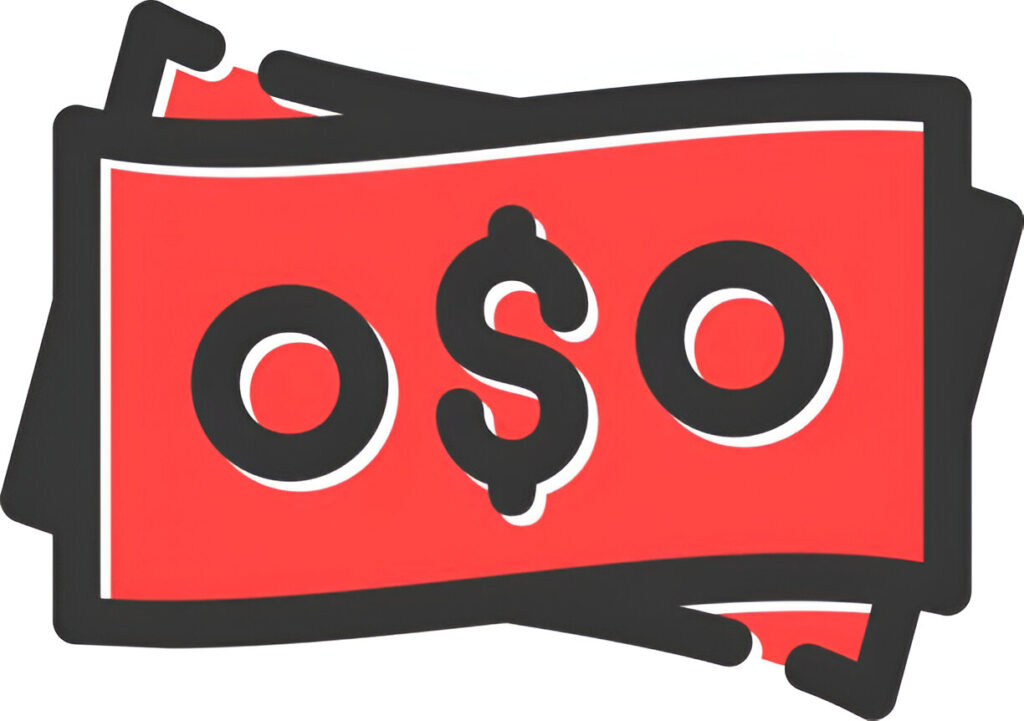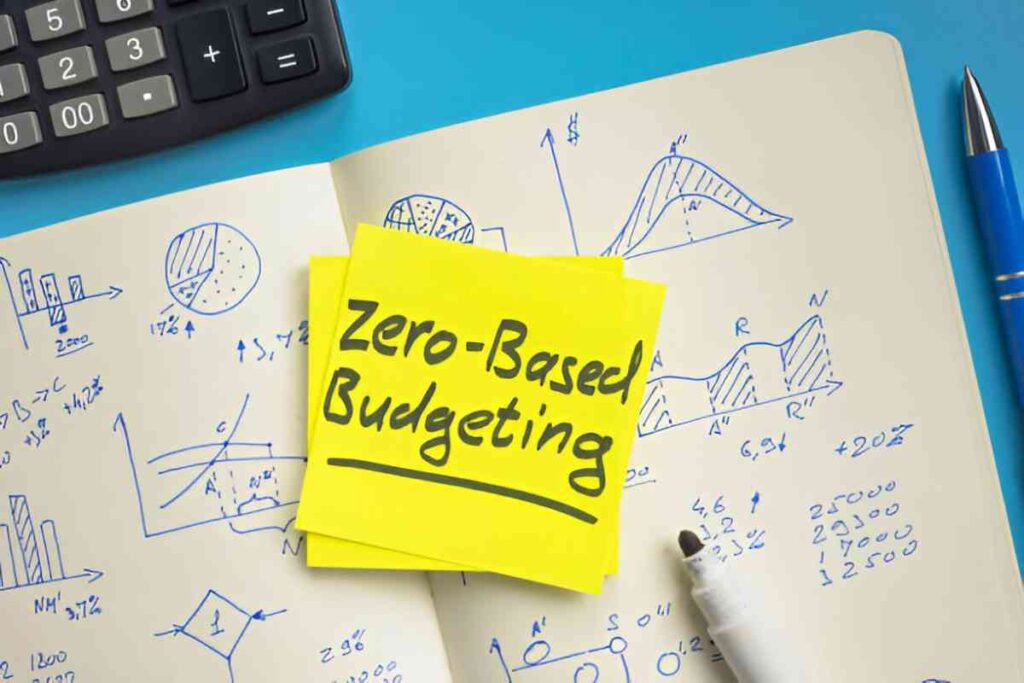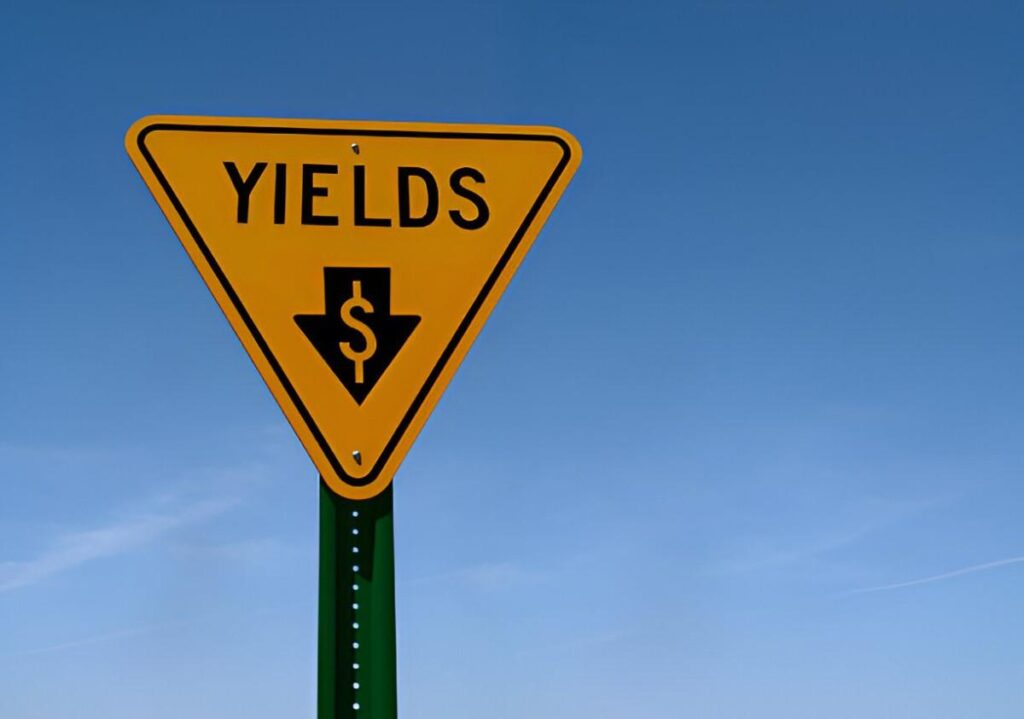Purchasing Power Parity (PPP) is one of the most fascinating yet often misunderstood concepts in economics and finance. As someone who has spent years studying and applying economic theories, I find PPP to be a cornerstone for understanding global markets, exchange rates, and the true value of money across borders. In this article, I will break down the concept of PPP, explore its mathematical foundations, provide real-world examples, and discuss its importance in today’s interconnected global economy.
Table of Contents
What is Purchasing Power Parity?
Purchasing Power Parity is an economic theory that compares the currencies of different countries through a “basket of goods” approach. The idea is simple: in the absence of transportation costs and trade barriers, identical goods should have the same price in different countries when expressed in a common currency. This concept helps us understand whether a currency is overvalued or undervalued and provides insights into the relative cost of living and inflation rates across nations.
For example, if a basket of goods costs $100 in the U.S. and the same basket costs £80 in the U.K., the PPP exchange rate should be 1.25 USD/GBP. If the actual exchange rate deviates from this, it suggests that one currency is overvalued or undervalued.
The Mathematical Foundation of PPP
To understand PPP mathematically, let’s start with the basic formula:
PPP = \frac{P_{domestic}}{P_{foreign}}Here, P_{domestic} represents the price of a basket of goods in the domestic country (e.g., the U.S.), and P_{foreign} represents the price of the same basket in a foreign country.
For instance, if a basket of goods costs $120 in the U.S. and €100 in Germany, the PPP exchange rate would be:
PPP = \frac{120}{100} = 1.2 \text{ USD/EUR}If the actual exchange rate is 1.1 USD/EUR, the euro is undervalued relative to the dollar, and the dollar is overvalued relative to the euro.
Absolute vs. Relative PPP
There are two main types of PPP: absolute and relative.
Absolute PPP focuses on the price levels of identical goods in different countries. It assumes that the exchange rate should adjust to equalize the prices of these goods.
Relative PPP, on the other hand, considers the changes in price levels over time, accounting for inflation. The formula for relative PPP is:
\frac{E_{t}}{E_{0}} = \frac{(1 + \pi_{domestic})}{(1 + \pi_{foreign})}Here, E_{t} is the exchange rate at time t, E_{0} is the initial exchange rate, \pi_{domestic} is the domestic inflation rate, and \pi_{foreign} is the foreign inflation rate.
For example, if the U.S. inflation rate is 2% and the Eurozone inflation rate is 1%, the relative PPP suggests that the dollar should depreciate by approximately 1% against the euro.
Real-World Examples of PPP
Let’s look at a practical example to illustrate PPP. Suppose a Big Mac costs $5.50 in the U.S. and £4.00 in the U.K. The PPP exchange rate would be:
PPP = \frac{5.50}{4.00} = 1.375 \text{ USD/GBP}If the actual exchange rate is 1.30 USD/GBP, the pound is undervalued by approximately 5.5%. This example is part of the famous “Big Mac Index,” created by The Economist to provide a lighthearted yet insightful measure of PPP.
Another example involves the cost of living. Suppose the average monthly rent for a one-bedroom apartment in New York City is $3,000, while in Berlin, it’s €1,200. If the exchange rate is 1.10 USD/EUR, the rent in Berlin converts to $1,320. This suggests that housing is significantly cheaper in Berlin compared to New York when measured in PPP terms.
The Importance of PPP
PPP is not just an academic concept; it has real-world implications for businesses, investors, and policymakers.
1. Global Business Strategy
For multinational corporations, understanding PPP is crucial for pricing strategies, market entry decisions, and cost management. If a company sets prices without considering PPP, it risks losing competitiveness in foreign markets. For example, if a U.S. tech company prices its products too high in a country with a lower PPP-adjusted income, it may struggle to gain market share.
2. Investment Decisions
Investors use PPP to assess currency valuations and make informed decisions about international investments. If a currency is significantly overvalued according to PPP, it may be a signal to avoid investments in that country or hedge against potential currency depreciation.
3. Economic Policy
Governments and central banks use PPP to compare economic productivity and living standards across countries. It also helps in setting exchange rate policies and negotiating trade agreements. For instance, the International Monetary Fund (IMF) uses PPP-adjusted GDP to compare the economic size of nations more accurately.
4. Cost of Living Comparisons
PPP is widely used to compare the cost of living between countries. This is particularly important for expatriates, international organizations, and global salary benchmarking. For example, a U.S. company sending an employee to India would use PPP to determine a fair salary adjustment that maintains the employee’s purchasing power.
Limitations of PPP
While PPP is a powerful tool, it has its limitations.
- Non-Tradable Goods: PPP assumes that goods are tradable and that prices will equalize across borders. However, many goods and services, such as housing and healthcare, are not easily tradable, leading to deviations from PPP.
- Market Imperfections: Tariffs, quotas, and transportation costs can distort prices, making PPP less accurate in practice.
- Different Consumption Baskets: The basket of goods used to calculate PPP may not reflect the actual consumption patterns of individuals in different countries.
- Short-Term Volatility: Exchange rates can be highly volatile in the short term due to speculative activities, making PPP less reliable for short-term analysis.
PPP and the U.S. Economy
As a U.S.-based economist, I find PPP particularly relevant for understanding the country’s economic position in the global context. The U.S. dollar is the world’s reserve currency, and its value has significant implications for trade, investment, and global financial stability.
For example, the U.S. often runs a trade deficit, meaning it imports more than it exports. A strong dollar, as indicated by PPP, makes imports cheaper but can hurt U.S. exporters by making their goods more expensive abroad. Conversely, a weaker dollar can boost exports but increase the cost of imports, contributing to inflation.
Practical Applications of PPP
Let’s dive deeper into how PPP can be applied in real-world scenarios.
Example 1: Salary Adjustments for Expatriates
Suppose a U.S. company plans to send an employee to Japan. The employee earns $100,000 annually in the U.S. Using PPP, the company determines that the cost of living in Japan is 20% higher. To maintain the employee’s purchasing power, the adjusted salary would be:
Adjusted Salary = 100,000 \times 1.20 = 120,000 \text{ USD}This ensures the employee can maintain a similar standard of living in Japan.
Example 2: Currency Valuation
Consider the U.S. dollar and the Indian rupee. Suppose the PPP exchange rate is 50 INR/USD, but the actual exchange rate is 75 INR/USD. This suggests that the rupee is undervalued by 33.3%. Investors might interpret this as an opportunity to invest in Indian assets, expecting the rupee to appreciate over time.
PPP and Inflation
Inflation plays a critical role in PPP, especially in relative PPP. Let’s explore this with an example.
Suppose the U.S. experiences an inflation rate of 3%, while the Eurozone has an inflation rate of 1%. According to relative PPP, the dollar should depreciate against the euro by approximately 2%. If the initial exchange rate is 1.10 USD/EUR, the expected exchange rate after one year would be:
E_{t} = 1.10 \times \frac{1.03}{1.01} = 1.1218 \text{ USD/EUR}This calculation helps businesses and investors anticipate currency movements and adjust their strategies accordingly.
PPP in Historical Context
The concept of PPP dates back to the 16th century, when Spanish economists observed price differences between Spain and its colonies. However, it was Gustav Cassel, a Swedish economist, who formalized the theory in the early 20th century. Since then, PPP has become a fundamental tool in international economics.
Conclusion
Purchasing Power Parity is a vital concept for understanding the global economy. It provides a framework for comparing currencies, assessing living standards, and making informed business and investment decisions. While it has limitations, its applications are far-reaching and deeply impactful.





